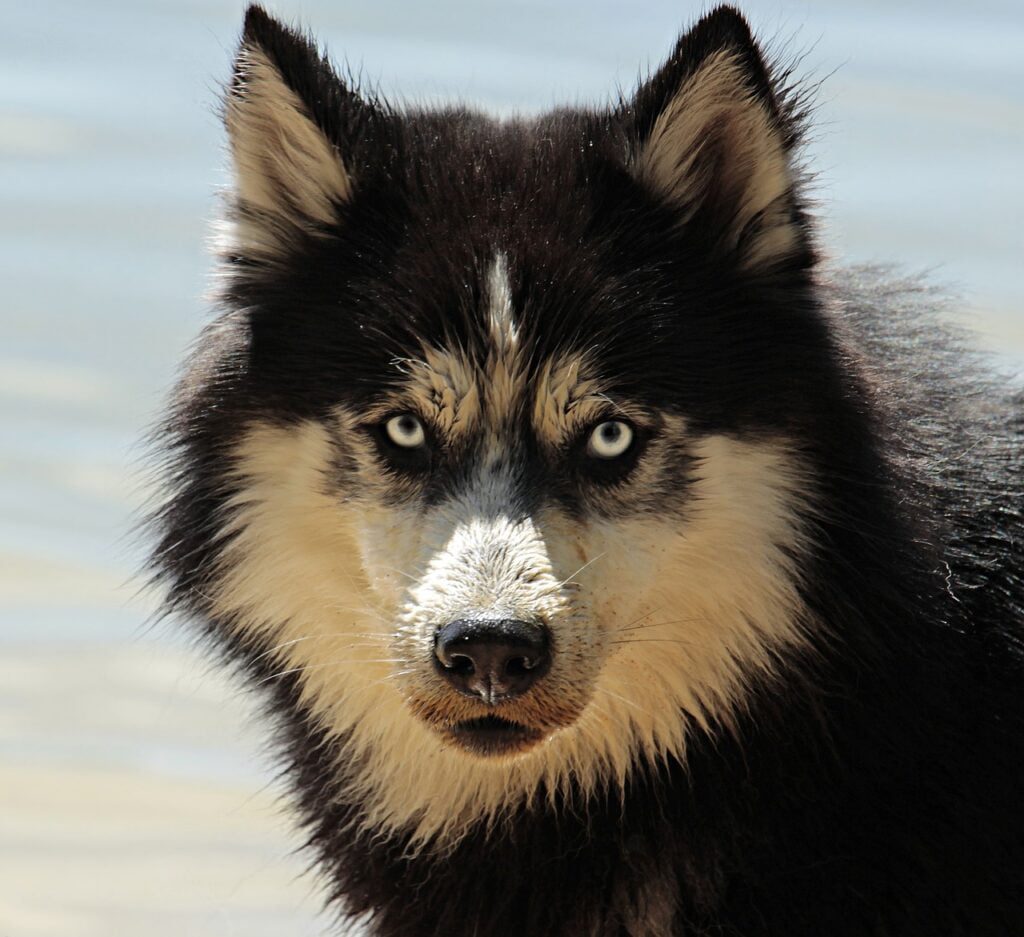Traditional dog training methods often rely on dominance or correction, which can leave both you and your pup feeling stressed. But what if there was a way to train your dog that focused on creating a positive and relaxed learning environment? Enter the Bubble Theory of Dog Training.
This unique approach centers around the idea that dogs learn best when they feel safe and secure. By creating a metaphorical “bubble” around your dog, free from distractions and anxieties, you can establish a foundation for effective communication and build a stronger bond with your furry friend.
Understanding Reactivity and Fear
In the world of canine behaviour, reactivity and fear play a significant role in a dog’s behaviour and interactions. Reactivity means dogs react more strongly than expected to certain things, often resulting in barking or lunging. On the other hand, fear comes from feeling threatened or facing new situations. To apply Bubble Theory, we need to understand these dynamics.

Defining Reactivity and Fear
Reactivity shows up when dogs react more intensely than usual to specific triggers. These triggers can be unfamiliar people, sudden sounds, and more. Reactivity often comes from fear or anxiety, and it’s a way for dogs to defend themselves. Fear, however, is a deep emotional response that can make dogs freeze or run away.
1.2 Identifying Common Triggers
To handle reactivity and fear, we need to know common triggers. Dogs can react to other dogs, strangers, sounds, and new places. For example, meeting dogs during a walk might make a dog feel their space is invaded, leading to reactivity. By understanding these triggers, we can tailor training methods.
1.3 Recognizing Subtle Signals
A big part of behaviour change is catching minor signs before they escalate. Characters like lip licking or stiff body language come before more significant reactions. Recognizing these signs helps create a safer environment for dogs and those around them.
Understanding reactivity and fear can build a foundation for applying Bubble Theory. Recognizing triggers and cues helps us navigate a dog’s emotions with empathy, creating a balanced relationship.
The Core of Bubble Theory
To truly get Bubble Theory and its potential, we must examine its main ideas that shape this innovative dog behaviour approach.
Embracing Personal Space Bubbles
At the heart of Bubble Theory is personal space bubbles, which are crucial to human-canine interactions. Just like humans, dogs have comfort zones shaped by their experiences. These bubbles are safe zones for successful training.
1.2 The Bubble from Reactive Dogs’ Perspective
For reactive dogs, personal space bubbles are even more critical. They see their bubble as a safety zone. When a trigger enters their bubble, they can become reactive. Reactive behaviours like barking or lunging are ways to stay safe.
1.3 Unveiling Emotional Thresholds
A big part of Bubble Theory is the link between emotional thresholds and personal space bubbles. Dynamic entries are when a dog’s reaction becomes intense. This threshold is connected to the size of their bubble – if a trigger gets too close, the dog might react. Respecting these thresholds is critical for effective change.
Understanding personal space bubbles helps us understand reactive behaviour and fear in dogs. Bubble Theory shows how dogs see the world, helping us build a safer environment using their instincts.
Using Bubble Theory in Training
With a good grasp of Bubble Theory’s basics, we can apply this approach through targeted training methods.
Step-by-Step Approach
Using Bubble Theory in training is a step-by-step process. It starts with understanding personal space and emotional boundaries. We assess triggers, comfort zones, and bubble limits. This sets the stage for a training plan that respects your dog’s comfort.
1.2 The Art of Counter Conditioning
Counterconditioning is a big part of Bubble Theory training. It means changing a dog’s reaction from negative to positive. We do this by connecting triggers with treats or praise. Controlled exposure to triggers within the bubble prevents emotional thresholds from being exceeded.
1.3 Real-Life Applications
The beauty of Bubble Theory is its real-life adaptability. Let’s say your dog reacts to other dogs. Using Bubble Theory, you introduce controlled encounters within their bubble. Through counterconditioning, your dog’s reaction changes from fear to expecting rewards. Over time, your dog becomes more comfortable around other dogs.
Another example is a dog afraid of loud noises. You can change their reaction by creating a safe space within their bubble and exposing them to low noise levels. As their emotional threshold expands, fear decreases, and behaviour improves.
Bubble Theory training equips you to handle different situations, leading to positive changes in behaviour. Recognizing personal space and emotional boundaries creates lasting changes and a stronger bond with your furry companion.
Building Trust and Confidence
Trust and confidence are essential to successful dog training, especially with Bubble Theory.
Trust and Positive Reinforcement
Trust comes from positive reinforcement. By connecting triggers with rewards, you create trust and security.
1.2 Shrinking the Bubble Gradually
Building trust involves shrinking the bubble slowly. Controlled trigger exposure makes the bubble smaller, boosting confidence.
1.3 Eye Contact and Communication
Effective communication includes eye contact. This builds trust and helps you understand each other.
Building trust is essential for Bubble Theory’s success. As the bubble shrinks and communication improves, dogs feel secure and confident. The result? Dogs who feel safe and confident in their environment.
Conclusion
Bubble Theory changes the game in dog training, understanding reactivity and fear. Personal space and trust-building help dogs face the world confidently. Take the Bubble Theory journey to make positive changes and strengthen your bond. Share your experiences and thoughts in the comments, creating a community where dogs thrive. Need professional aid? Read this article.